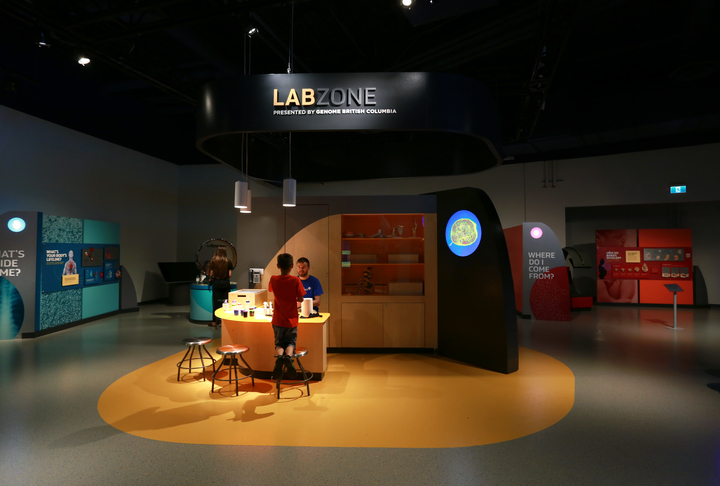In this activity students train like astronauts to test and improve their balancing skills.
Living in microgravity conditions has a big effect on astronauts’ bodies, even after they return to Earth. One of these effects is on their sense of balance.
Here on Earth, our bodies and brains use gravity to tell which way is up and which way is down. Gravity pulls small crystals inside our inner ear down, where they stimulate small hair-like nerve cells. These cells tell our brains which way is down.
In space, it’s not only the astronauts who float, but also the crystals inside their inner ears! They bump left, right, up and down, stimulating nerve cells all over the place, sending confusing messages to their brains. Generally, it only takes a few days for their confused brains to adapt to their environment and learn to take cues about their body position by sound and sight instead.
When they return to Earth, astronauts’ bodies and brains must readapt to Earth’s gravity. They can have trouble doing things as simple as walking in a straight line or turning a corner and it could take up to a month before they regain their sense of balance. Adding balance training to their fitness routine is an important part of their transition back to Earth.
This and other games were designed by NASA to simulate types of physical challenges astronauts face while travelling in space.

